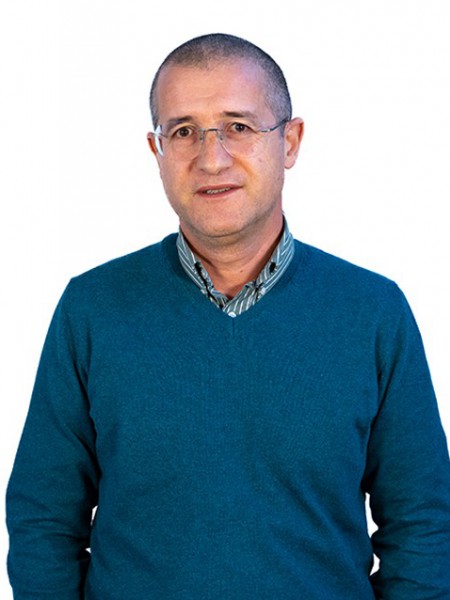abstract
The global olive oil industry annually generates approximately 750,000-1,500,000 tons of Olea europaea leaves as waste that are typically burned for energy production. Yet, this agricultural by-product is a rich source of oleanolic acid, a high value triterpenic acid with outstanding pharmaceutical and nutraceutical activities. The present study focuses on the extraction of oleanolic acid from dried O. europaea leaves using aqueous solutions of surface-active ionic liquids as alternative solvents. A number of imidazolium-based ionic liquids with variable chain length, different anions and optional side-chain functionalization was synthesized and employed in the extraction of oleanolic acid. Ionic liquids with long alkyl chains remarkably enhance the solubility of oleanolic acid in water, thus being able to compete with the solubilities afforded by molecular organic solvents, such as chloroform. Consequently, they are suitable alternatives for the solid-liquid extraction of triterpenic acids from natural matrices and provide improved extraction yields of up to 2.5 wt% oleanolic acid extracted from olive tree leaves.
keywords
FLAVUM CR. PAPAVERACEAE; URSOLIC ACID; PLANT-EXTRACTS; BETULINIC ACID; BIOMASS; GLAUCINE; RECOVERY; AGGREGATION; SELECTIVITY; SEPARATION
subject category
Engineering
authors
Claudio, AFM; Cognigni, A; de Faria, ELP; Silvestre, AJD; Zirbs, R; Freire, MG; Bica, K
our authors
Groups
G4 - Renewable Materials and Circular Economy
G5 - Biomimetic, Biological and Living Materials
Projects
CICECO - Aveiro Institute of Materials (UID/CTM/50011/2013)
Igy Technology: A Purication Platform using Ionic-Liquid-Based Aqueous Biphasic Systems (IGYPURTECH)
acknowledgements
Financial support by the Austrian Science Fund (FWF project P25504 -N28) is gratefully acknowledged. This work was also developed within the scope of the project CICECO-Aveiro Institute of Materials, POCI-01-0145-FEDER-007679 (FCT Ref. UID/CTM/50011/2013) financed by National Funds through the FCT/MEC and when appropriate co-financed by FEDER under the PT2020 Partnership Agreement, and the Multibiorefinery (POCI-01-0145-FEDER-016403) project. A.F.M Claudio acknowledges COST CM1206-EXIL for a short term scientific mission. E.L.P. Faria acknowledges CNPq for the PhD grant (200908/2014-6). M.G. Freire acknowledges the European Research Council under the European Union's Seventh Framework Programme (FP7/2007-2013)/ERC grant agreement no 337753.





